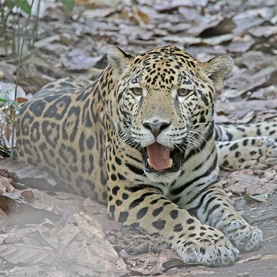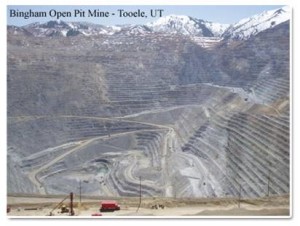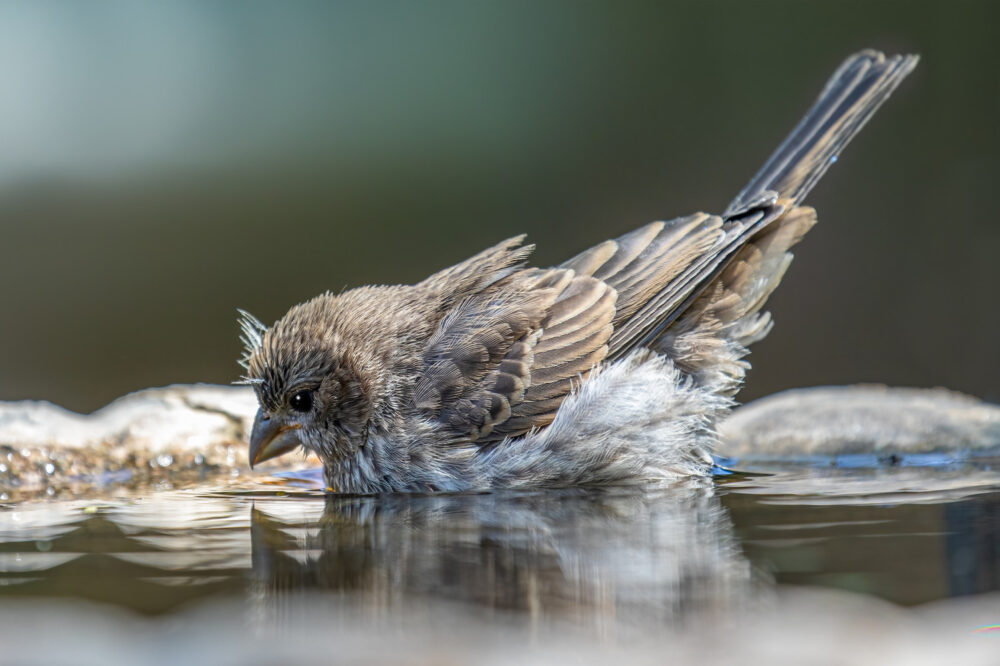We have much more to do and your continued support is needed now more than ever.
Arizona Mine Threatens Endangered Jaguar
There are very few Jaguars left in the United States, which explains why recent photographs taken by Arizona Game and Fish using motion sensor trail cameras are causing such a stir.

The recent Jaguar sightings come at a time when a few local policy battles could determine the size and scope of the species US habitat. After years of lawsuits and controversey, the U.S. Fish and Wildlife Service recently issued a plan to recover the endangered species to its historic US terrain. FWS proposed designating 838,232 acres as critical jaguar habitat—covering four stretches of mountains in southeastern Arizona, a section of the Peloncillo Mountains on the Arizona–New Mexico border, and a tiny piece of New Mexico’s San Luis Mountains.
In addition to this ongoing controversy over critical habitat there also exists a potentially frightening roadblock to the Jaguar recovery as well as other species such as the Chiricahua leopard frog. Not too far from where this recent photo was taken is a pending proposal to develop a large scale copper mine. Rosemont, the local subsidiary of a Canadian mining corporation, is requesting permits to dig a mile-wide, half-mile deep pit and dump waste rock and tailings on more than 3,000 acres of National Forest land.
The draft Environmental Impact Statement lists 27 imperiled plants and animals that would be directly harmed by the mine, including the jaguar. It says that the proposed action would directly destroy more than 6,000 acres of wildlife habitat and negatively affect another 90,000 acres. It describes significantly elevated levels of air and water pollutants associated with the mine, including greenhouse gases, and it states that groundwater impacts would dry up 84 springs and diminish or eliminate the flow of important perennial streams.
In addition to these issues highlighted by the Forest Service draft EIS, EPA and DEQ have also issued concerns including: Serious impacts to drinking water to local residents, potential violations to Arizona aquifer water quality standards as well as issues with 11 Indian Tribes. The mine site is alleged to contain up to 80 cultural sites, including burial sites, that must be considered and mitigated according to the National Historic Preservation Act.

In this dry arid environment where water is arguably more precious than any metal, Rosemont Copper is proposing to dump untreated mining waste on 10–15 miles of streams and desert springs.
If you care about clean water and responsible energy development, and if you care about helping the endangered species such as the jaguar recover, please speak up today and ask the Environmental Protection Agency and Army Corps of Engineers to prevent mining companies such as Rosemont Copper from endangering our fish, wildlife, and communities with industrial pollution.
Let’s give wildlife a fighting chance!
![]()
Speak up to protect jaguars, grizzlies, and many more wildlife from toxic mine pollution.
February 4, 2013 correction: This post was updated to better reflect the historic reasons for the decline of jaguars in North America, and to provide a broader view of the environmental and cultural impacts of the proposed mine. It was also changed to correctly attribute the recent jaguar photograph.





















